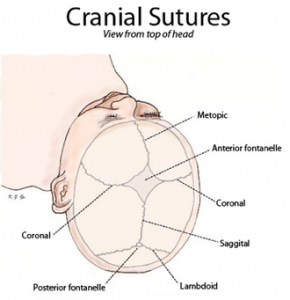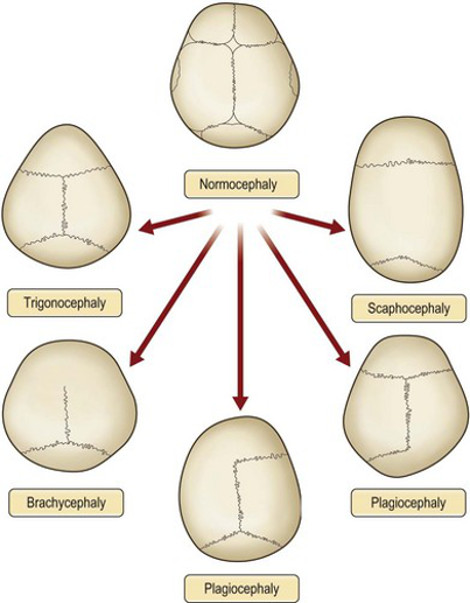What is Craniosynostosis?
Craniosynostosis is one of the most common craniofacial abnormalities alongside cleft lip and palate. It occurs when one or more of the skull sutures fuse prematurely—either before birth or shortly after.
Depending on which suture closes too early, this can lead to:
An abnormal skull shape
Slower skull growth
Asymmetry between the facial skeleton and the braincase
The most serious complication is increased intracranial pressure (ICP), which can occur even when no visible symptoms are present.
Prevalence
Craniosynostosis occurs in approximately 1 in 800 live births each year.
Premature babies are at higher risk of developing the condition.
Most cases involve the premature closure of a single suture; when multiple sutures are affected, it is often linked to genetic syndromes.
Why early diagnosis matters?
Timely diagnosis is crucial because untreated craniosynostosis can result in:
Permanent skull and facial bone deformities,
Risk of brain damage,
Complications from increased intracranial pressure.
Treatment of craniosynostosis in Estonia
In Estonia, treatment is provided by a specialised interdisciplinary team:
In 2011, a craniosynostosis treatment centre was established at North Estonia Medical Centre in cooperation with Tallinn Children’s Hospital.
Around 15 operations are performed in this field each year.
Surgeries are carried out at Tallinn Children’s Hospital, while follow-up care is provided on an outpatient basis at the North Estonia Medical Centre clinic.
The entire national treatment programme for craniosynostosis is coordinated by Dr. Heleia Nestal Zibo.
What to do if you suspect craniosynostosis?
If you suspect your child may have craniosynostosis:
Book a consultation with Dr. Heleia Nestal Zibo.
During the consultation, the diagnosis will be confirmed and a treatment plan will be developed.

